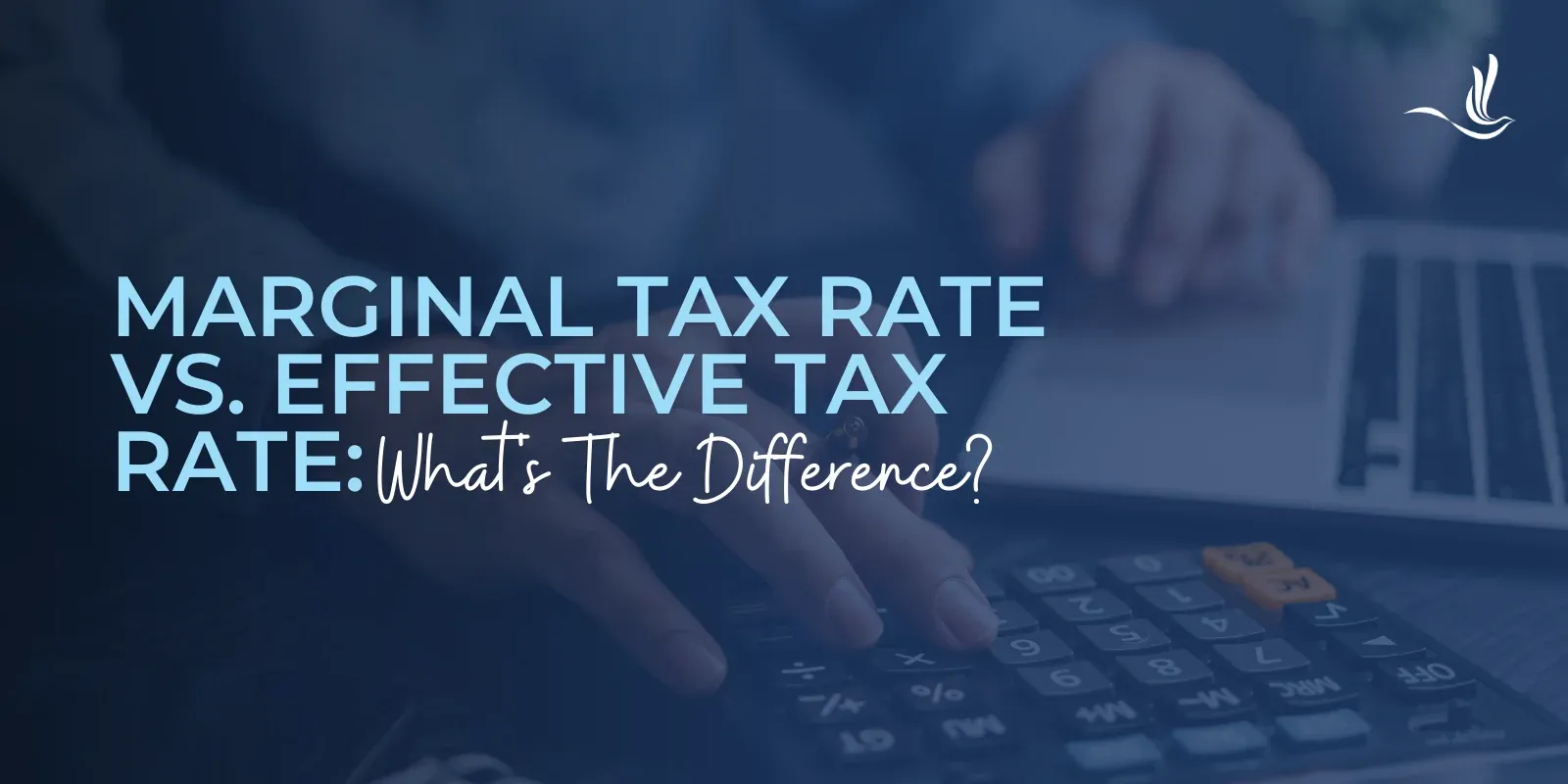When you’re developing your business plan, examining various examples can be incredibly beneficial. Different types of plans cater to specific needs, such as traditional formats for funding, lean startup models for quick validation, or e-commerce strategies for online ventures. Comprehending these formats can help you shape your own plan effectively. Each type has its unique strengths, and knowing how to leverage them can improve your approach.
Curious about how to choose the right one for your goals?
Key Takeaways
- Explore startup business plans that emphasize innovative concepts and market validation to attract potential investors.
- Review e-commerce business plans showcasing effective digital marketing strategies and thorough online market analysis.
- Analyze nonprofit business plans that highlight mission statements and the measurable impact on the community.
- Consider internal business plans designed to align team objectives and streamline operational processes.
- Look into strategic growth plans that outline long-term visions, revenue goals, and sustainable growth strategies.
Understanding the Core Components of a Business Plan
A business plan is an important document that outlines the roadmap for your business’s future. Comprehending the core components is vital for creating a solid foundation.
Typically, a thorough business plan includes sections like the executive summary, which provides a concise overview, and the company description, detailing your mission and vision.
The market analysis offers insights into demographics and competitive environments, ensuring you grasp customer needs. In the products and services section, you’ll specify how your offerings address those needs uniquely.
Moreover, financial projections, including cash flow statements and balance sheets, showcase your business’s viability.
For guidance, you can look at business plan examples or a free sample of a business proposal to help structure your example of a business plan effectively.
Business Plan Examples for Different Needs
When you’re crafting a business plan, it’s essential to recognize that different needs call for distinct approaches. Consider these examples to guide your writing:
- Startups focus on innovative concepts and market validation to attract investors.
- E-commerce plans emphasize digital marketing strategies and online market analysis to tackle competitive challenges.
- Nonprofit plans prioritize mission statements and community impact assessments to engage supporters and secure funding.
- Internal business plans serve as operational guides, aligning team objectives and enhancing productivity.
- Strategic growth plans outline long-term visions and expansion opportunities, detailing market analysis and revenue goals.
How to Use These Examples to Write Your Own Business Plan
Using business plan examples effectively can greatly streamline the process of writing your own plan.
Start by examining various samples to understand crucial components, such as the executive summary, market analysis, and financial projections.
These examples provide a structured framework, allowing you to identify key strategies and best practices customized to your specific industry. Pay attention to formatting conventions and presentation styles, as these can improve your plan’s professionalism, appealing to potential investors.
Furthermore, draw inspiration from the unique approaches showcased in different examples, adapting successful strategies to align with your vision. Finally, analyze the financial forecasts and marketing strategies to create realistic projections, boosting the credibility of your own business plan.
Tips for Using Business Plan Examples
To effectively leverage business plan examples, it’s vital to recognize their structure and key sections, such as the executive summary, market analysis, and financial projections.
Here are some tips to guide you:
- Identify and understand the fundamental components of a business plan.
- Customize the content to reflect your unique business model and audience.
- Use examples to learn effective writing techniques and analysis depth.
- Focus on crafting a compelling executive summary to capture attention.
- Incorporate specific metrics and data points to support your claims.
Different Types of Business Plans
Business plans come in various forms, each customized to specific needs and audiences, so it’s vital to choose the right type for your objectives.
Traditional business plans are detailed documents that cover market analysis, financial projections, and operational strategies, often required for securing funding.
Lean startup plans focus on rapid validation through feedback and minimum viable products, making them ideal for tech startups.
One-page plans condense critical information for quick alignment and discussions with partners.
Nonprofit business plans emphasize mission-driven strategies, detailing community needs and fundraising efforts.
Finally, strategic growth plans outline long-term visions and goals for expansion, incorporating market opportunities and revenue projections over three to five years, guiding your growth effectively.
Frequently Asked Questions
What Are Examples of Business Plans?
Examples of business plans include diverse templates customized for various industries, such as tech startups, retail businesses, and non-profits.
Each plan typically outlines critical components like the executive summary, market analysis, and financial projections.
You can find these examples online, often categorized by business type, providing a structured approach to planning.
[embed]https://www.youtube.com/watch?v=Fqch5OrUPvA[/embed]
What Are the Three C’s for a Success Business Plan?
The three C’s for a successful business plan are clarity, conciseness, and compelling content.
Clarity means you define your business purpose, target market, and goals clearly, so stakeholders understand your message.
Conciseness emphasizes keeping your plan structured and brief, ideally within 20-30 pages, to maintain interest.
[embed]https://www.youtube.com/watch?v=iuYlGRnC7J8[/embed]
Compelling content involves including strong value propositions and market research that effectively showcase your business’s potential, helping to attract investors and partners.
What Is an Example of a Short-Term Business Plan?
An example of a short-term business plan could focus on launching a new product within six months.
[embed]https://www.youtube.com/watch?v=9VlvbpXwLJs[/embed]
You’d start with an executive summary outlining your goals and target market.
Include a market analysis to identify competitors and customer needs, along with a marketing strategy detailing promotional efforts.
Budgeting is essential, so project your revenues and expenses clearly.
What Are the 7 Key Elements of a Business Plan?
A business plan includes seven key elements: the Executive Summary, which outlines your business’s goals and financial projections; the Company Description, detailing your mission and structure; Market Analysis, evaluating industry trends and target demographics;
Products and Services, explaining what you offer; Marketing and Sales Strategies, outlining how you’ll reach customers;
Operations Plan, detailing how you’ll run daily activities; and the Financial Plan, which forecasts income and funding needs.
Conclusion
In summary, exploring various business plan examples can greatly improve your comprehension of effective strategies for your own venture. By examining traditional, lean startup, e-commerce, nonprofit, and one-page plans, you can identify the elements that resonate with your goals.
Use these insights to create a customized plan that meets your specific needs. Remember to focus on clarity and conciseness, ensuring your business plan effectively communicates your vision and objectives to stakeholders and potential investors.
Image Via Envato
Disclaimer: This story is auto-aggregated by a computer program and has not been created or edited by finopulse.
Publisher: Source link








